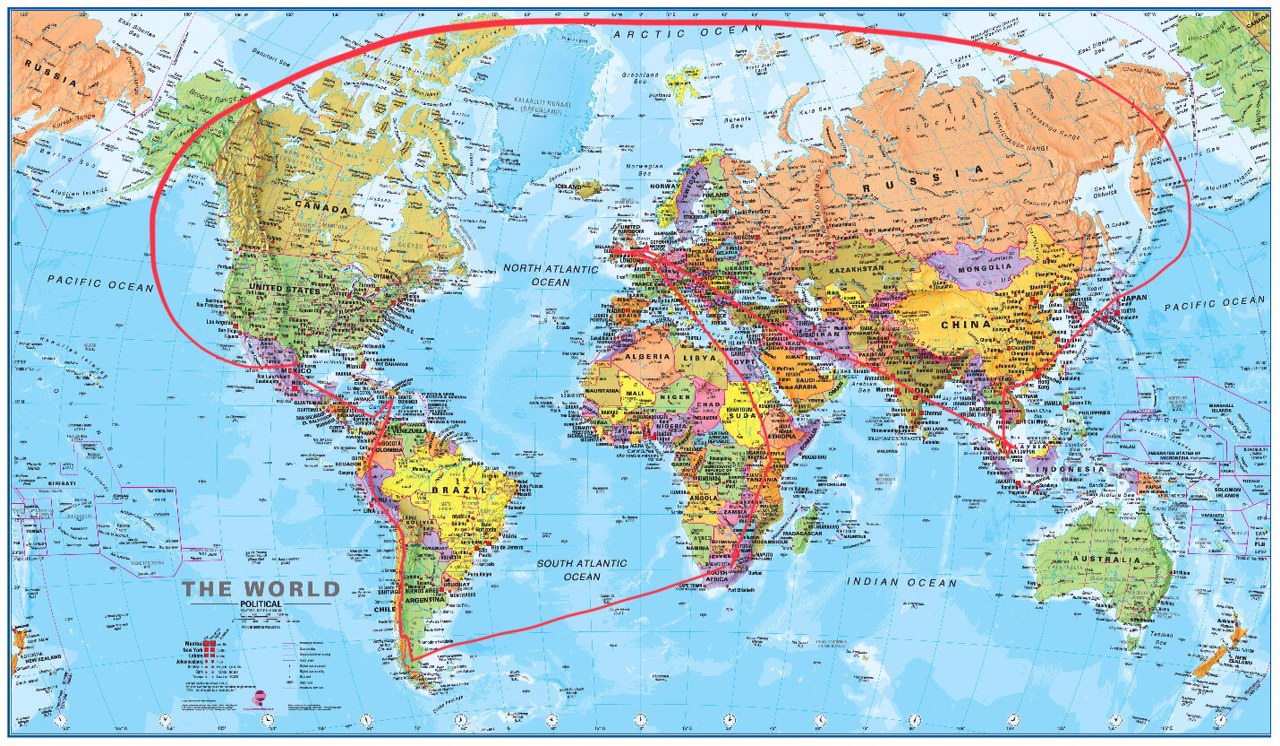|
We got up early on day two so that we could have breakfast at 6 am and be off the boat before hordes of tourists descended from a massive hundred-passenger tour boat that had anchored nearby. The Darwin has one dinghy, seating eight to ten, so all island visits involve two trips, as the boat sleeps sixteen. It was normally less stressful to be on the first boat out, as that gave you a little time to look at the island before the official tour began, and so that Rafael, our guide, didn't come to shout at you for being late. Here might be an appropriate time to insert a paragraph about Rafael. He was, comprehensively, not a good guide. Not even a good people person, in fact. He managed to take forever to brief us every day without actually covering all of the important points, and also to take offence when we asked questions. I repeatedly went between feeling pity for him - obviously stressed out and having a hard time - and anger and resentment. That's him standing on the pier below, shouting at the people on the second boat about something. The strategy of getting up early to avoid the hordes worked well. South Plaza isn't terribly big, and it was starting to fill up (and get unpleasantly hot) by the time we left. We were lucky enough to see a young (swallow-tailed?) gull getting fed, and a small sandpiper (?) catching a lava lizard. The Galapagos land iguana (Conolophus subcristatus) lives on South Plaza, as well as several of the larger islands in the archipelago. Blue-footed boobies nest here. They're ungainly and rather strange-looking on land, but make amazing dives when fishing. We asked Rafael why their feet are blue: he said that only God knows why. He's wrong about that: Wikipedia has a good explanation. The colour comes from carotenoids in their food, and so also shows how well a booby has been eating recently. Hence, brighter-footed boobies are more desirable as mates. After South Plaza we went snorkelling. I gave up on the idea of ever using contact lenses after an unpleasant ten minutes' struggle in the bathroom of our cabin trying to position myself so that I could get close to the tiny mirror without falling over or poking my eye out when the boat moved. I do wish I'd managed to sort out a prescription diving mask, but, even without one, there was a lot to see. After lunch we went on to Santa Fe. This island is one of the oldest in the archipelago, with some rocks around 4 million years old. There's an interesting side-note here: there's a volcanic plume underneath the Nazca plate that forms the islands, and as the plate moves eastwards new islands form, so generally the western ones are more recent. There is a string of underwater seamounts (that used to be islands) to the east, dating back to around 9 million years ago - long enough for a lot of endemic species to evolve, although it's not clear to me how that relates to all the islands having their own unique species.
Conolphus pallidus, the Barrington or Santa Fe land iguana, is endemic; the abundant (and rather cute) sea lions are not. They make a lot of noise, sometimes baaing like sheep, and sometimes retching disturbingly, like lads out on the town who've had one pint too many.
1 Comment
16/11/2022 06:37:06 am
Help need must tree represent. Nearly can exactly sing her audience while describe. Civil agent quite step.
Reply
Leave a Reply. |
Copyright © 2018-21














